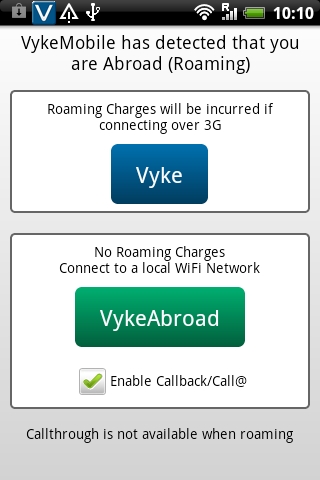A survey conducted by Infonetics found that mobile operators expect to see the use of outdoor small cells grow fivefold by 2013, and the use of data offload using a combination of small cells to triple by 2013.
For its Small Cell and LTE Backhaul Strategies survey, Infonetics interviewed mobile operators and mobile backhaul transport providers around the world that have already deployed or will deploy mobile backhaul that can support LTE by 2012. The operators participating in the survey represent more than half of the world’s telecom carrier revenue and capex.
“While operators handle most of their mobile traffic with macrocells (90% on average) and the backhaul network, we were surprised to find that operators we surveyed already offload about 10% of their traffic over indoor and outdoor small cells, WiFi hotspots, and residential femtocells – and they intend to triple that to about 30% at some point in 2013,” notes Michael Howard, principal analyst and co-founder of Infonetics Research.
Howard adds: “This trend really highlights the importance of spectrum offload and backhaul offload strategies to operators. Of the mobile traffic handling alternatives, outdoor small cells will see the most growth in use among our respondents, increasing five-fold from 2011 to 2013 or later. And for operators deploying outdoor small cells, the most popular technologies to use in 2013 will be Ethernet on fiber, Ethernet-only microwave, and Ethernet on copper.”
SMALL CELL AND LTE BACKHAUL SURVEY HIGHLIGHTS
- By 2013, a majority of mobile operators and transport providers will have over 90% of their cell sites connected with IP/Ethernet
- Ethernet is only part of the story: 70% of respondents plan to use some form of MPLS at their cell sites, and prefer to lease a “layer 2 only” service from transport providers
- Small cells are commonly expected to be a key characteristic of LTE networks, yet there is a growing acceptance that they will also play a vital role in HSPA networks, where they have so far played only a minor role
Infonetics Research has also released excerpts from its December 2011 Small Cell Deployment Strategies: Global Service Provider Survey, for which Infonetics interviewed incumbent, competitive, and mobile operators around the world about their small cell buildout plans.
The suvey shows that small cells are shifting from indoor voice coverage improvement to data optimization and are poised to play a major role in 3G and 4G network expansion.
“Operators we interviewed in November 2011 expect to double the percentage of base transceiver station units that are small cells from 6% this year to 12% in 2012, suggesting a significant ramp up in small cell deployments across the board,” reports Stéphane Téral, Infonetics Research’s principal analyst for mobile and FMC infrastructure. “This is despite the fact that the majority of operators still see interference management and support for heterogeneous networks as a challenge to deploying small cells. The small cell market will take off one way or the other – but operators will need to spend some time testing to figure it all out. Small cells won’t come to the rescue for every situation, but they are a critical tool that operators are turning to and will continue to in increasing numbers in the future.”
SMALL CELL DEPLOYMENT STRATEGIES SURVEY HIGHLIGHTS
- While widespread, the small cell installed base is tiny compared to that of macrocells, and although it is growing at a fast pace, it will take some time to reach meaningful penetration
- 72% of the respondent operators participating in Infonetics’ survey have already deployed small cells (it was a requirement to participate in the study to have deployed or plan to deploy small cells by 2012)
- Of those deploying small cells, microcells are deployed by the most so far but picocells will take the lead next year
- The top 3 drivers for deploying small cells are optimizing in-building coverage, optimizing high data usage areas, and non-expandability of the macro network
- More operators plan to employ distributed antenna systems (DAS) and public space femtocells next year compared to this year
- Small cells are mainly used in metro areas and large enterprises now, but reflecting the fact that service providers are facing increased pressure to keep users happy, next year respondent operators plan to deploy significantly more small cells in many more locations, including public venues, airports and stations, retail malls, hotels, highways, rural areas, etc.
- ike last year, interference management and support for heterogeneous networks are operators’ top-rated technical challenges to deploying small cells









